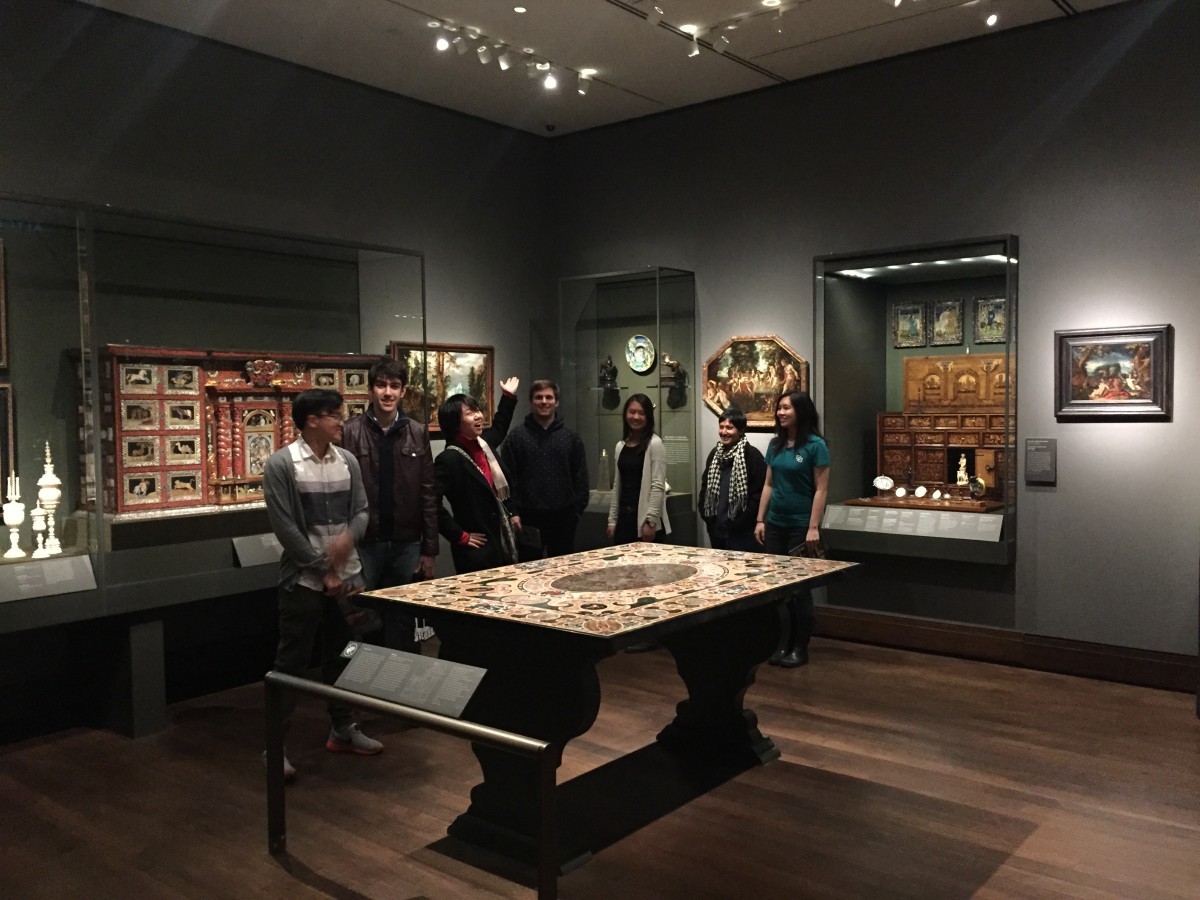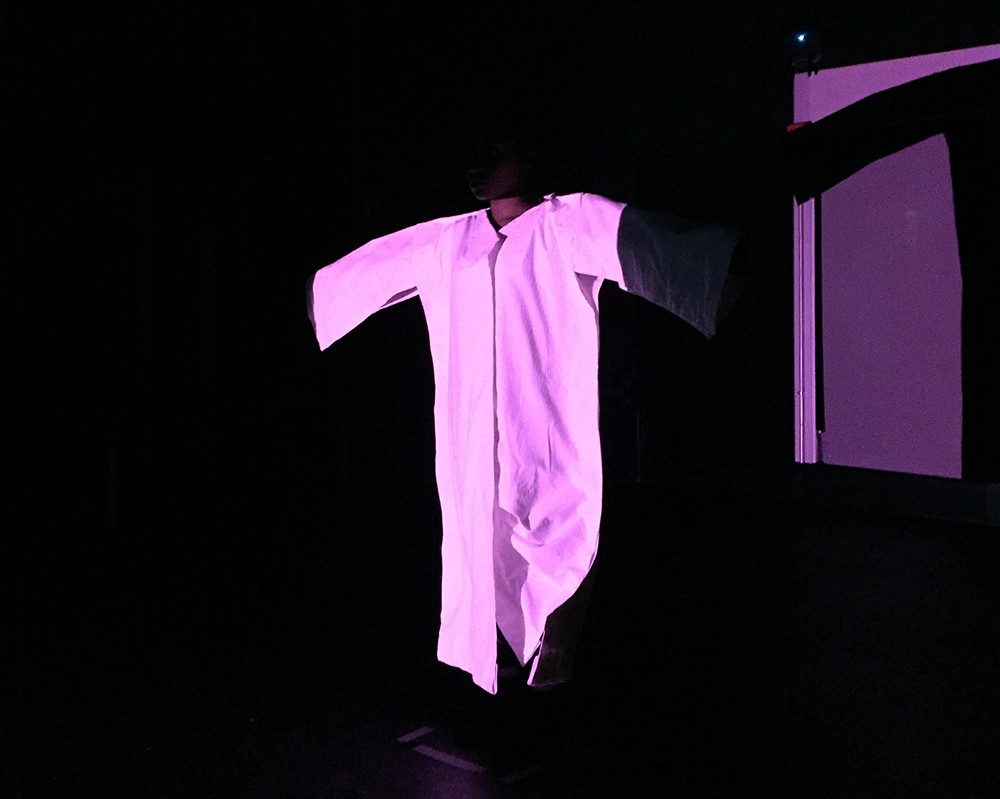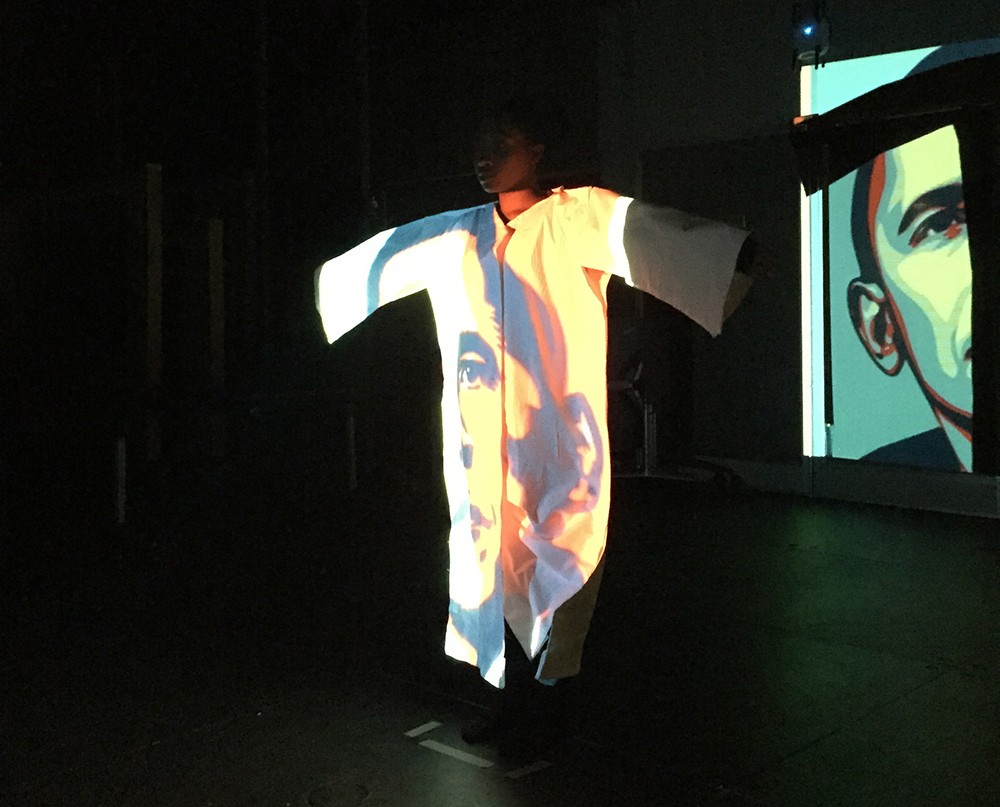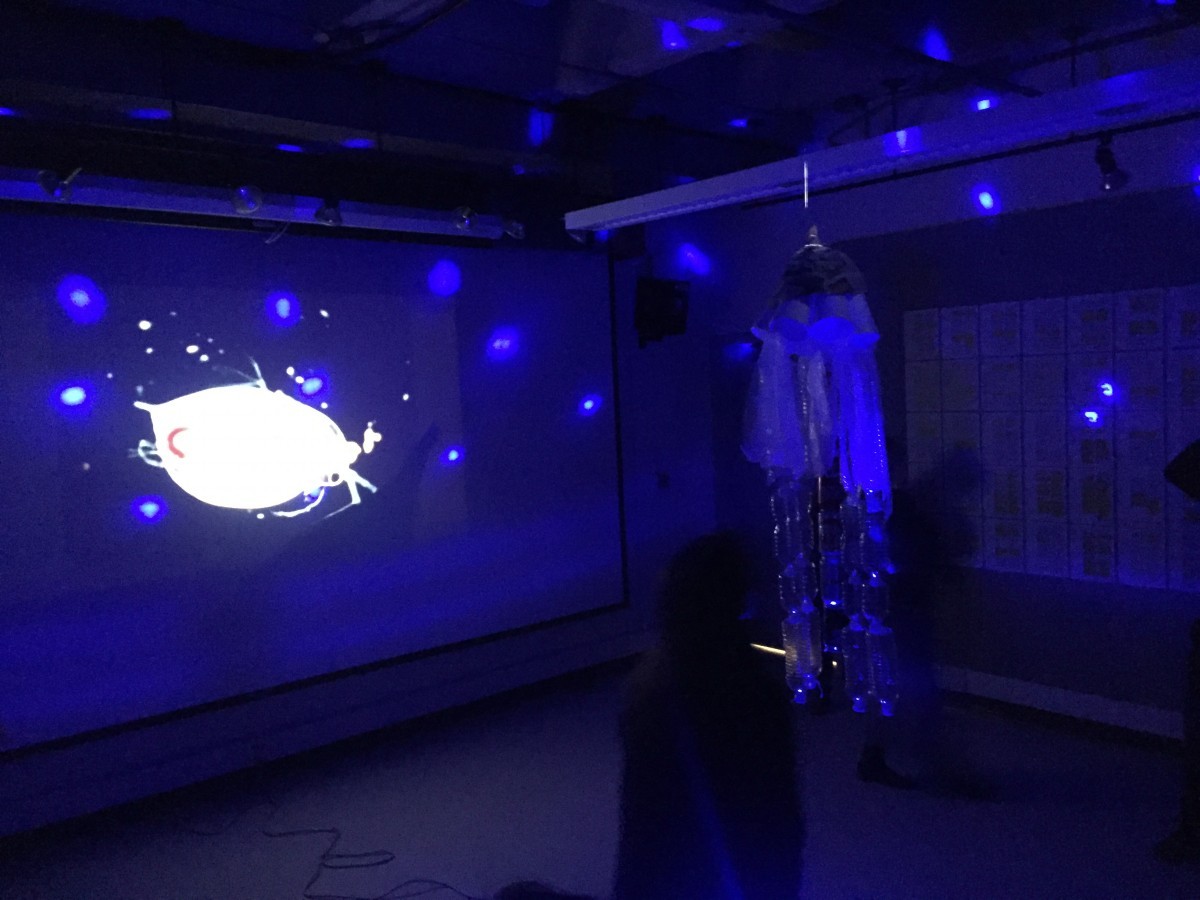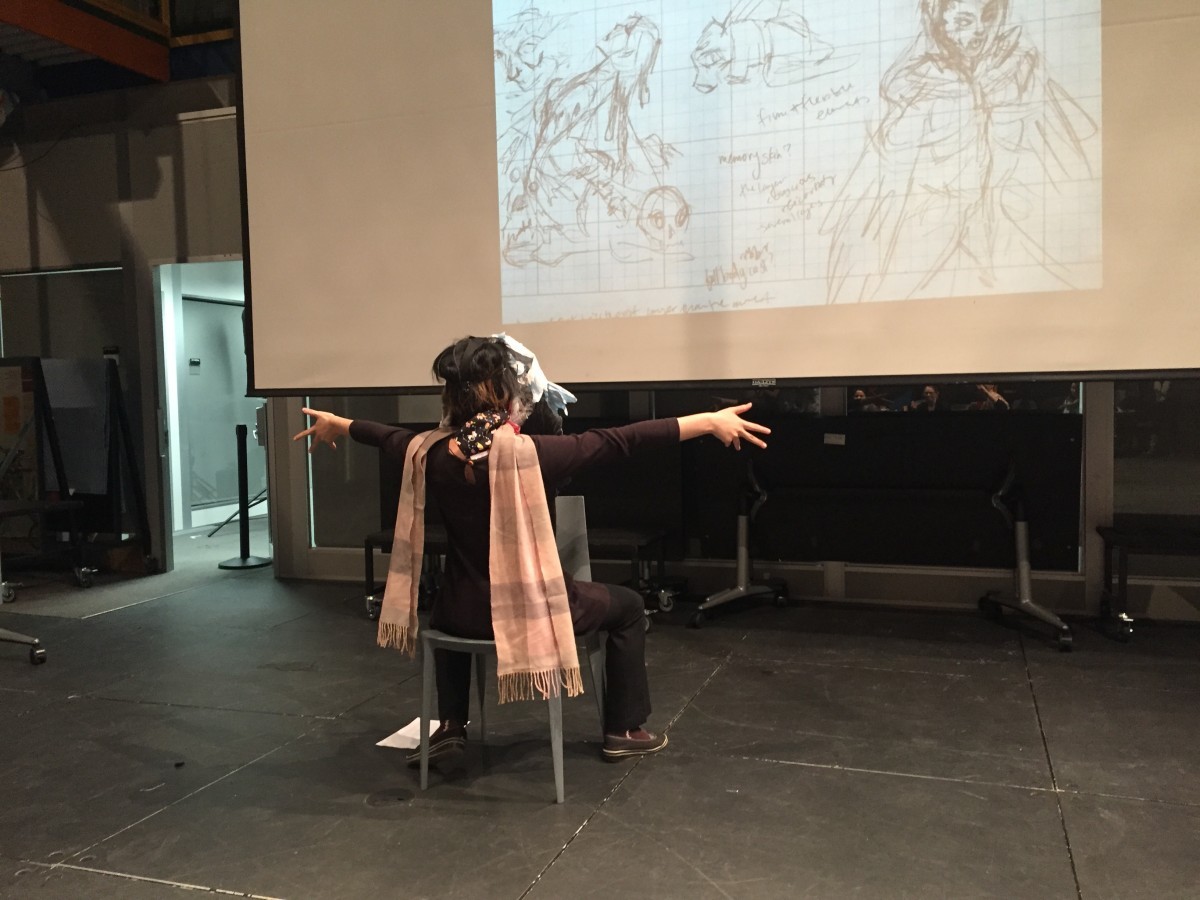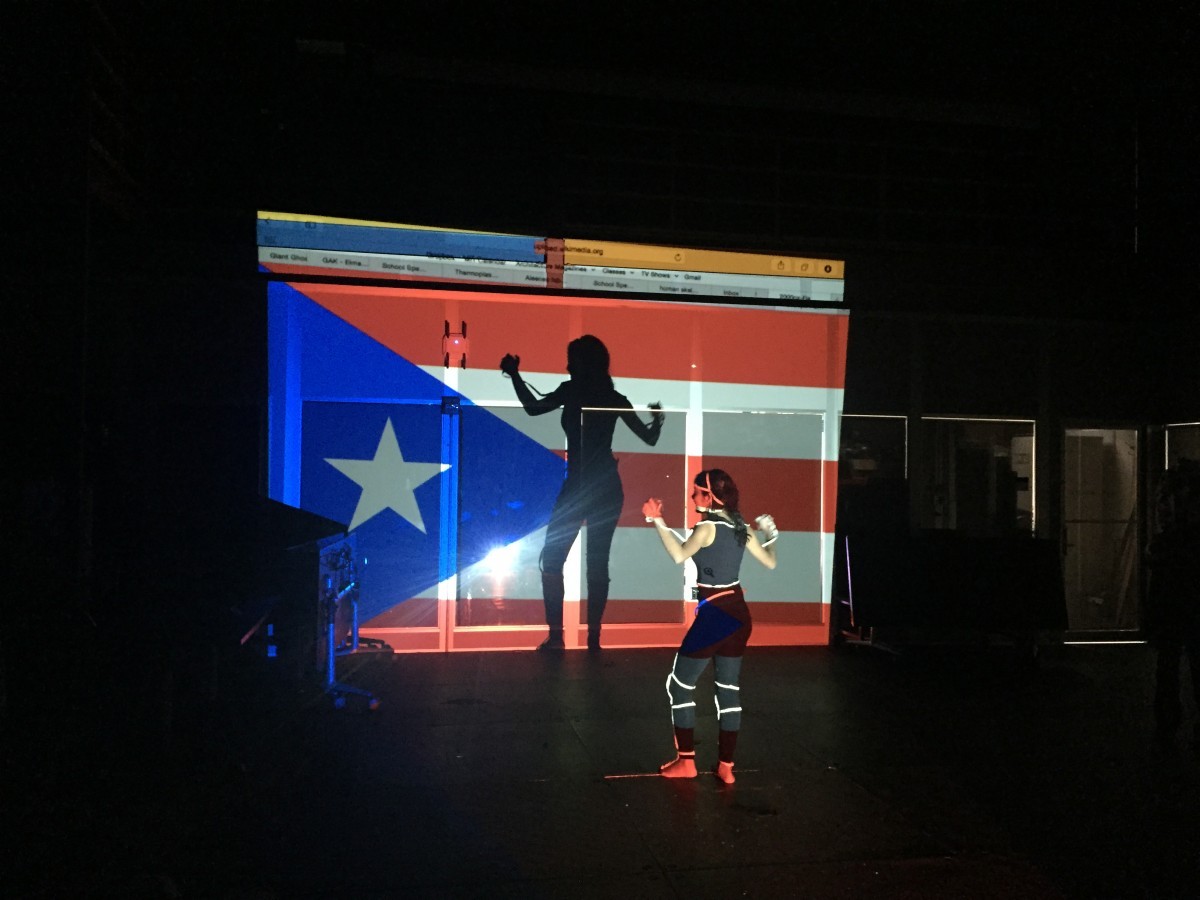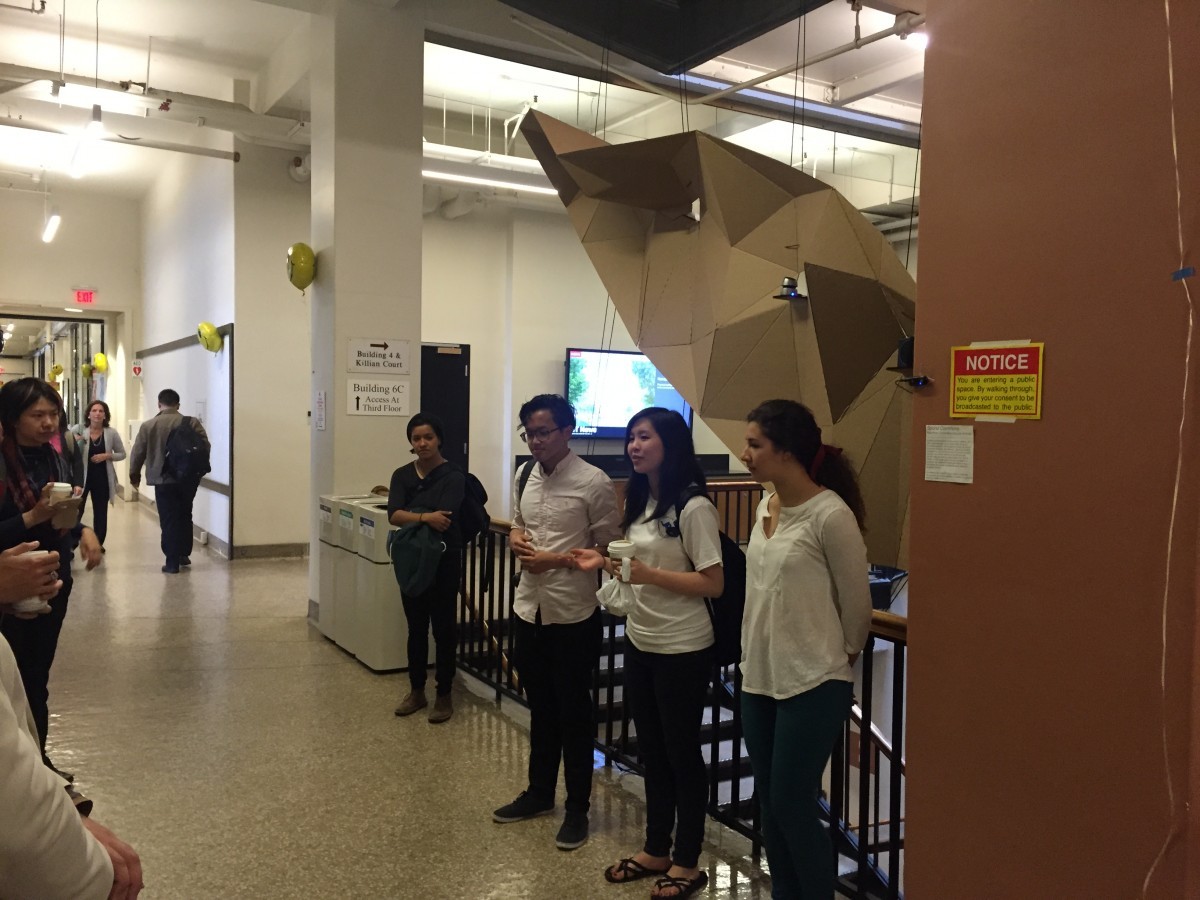ACT Professor Azra Akšamija framed her Spring 2015 section of Foundations in Art, Design, and Spatial Practices (4.302), around the idea of Wunderkammer, or cabinets of curiosities. These wonder-rooms gained popularity in Europe in the sixteenth century and typically comprised encyclopedic collections of objects, ranging in scope from natural history and geology to ethnography and archaeology. Akšamija asked students in “Wunderkammer: Propositions for Future Museums,” “to think about artifacts for the future that tell a particular narrative about our time – perhaps related to ecological problems or other contemporary concerns.”
Through artistic practice and research, undergraduate students in this course investigated future forms of museums and the design of futuristic artifacts inspired by global cultural heritage.
During the semester, students worked on two studio projects related to the wunderkammer theme. The first project was body-centered in both its scale and conceptual focus. For this exercise, students created narratives set in the distant – and sometimes dystopian — future that focused on the body as an interface with the world. They addressed topics such as gender identity, politics and ecology in projects that ranged from wearables to performance pieces to video installations.
Students worked in groups for the second civic-scale project, in which they explored the individual’s relationship to a larger community involving site-specific research and interventions, engagement of communities and strategies for working in public. These projects required students to work in a variety of media, such as textiles, wood, video and sound.
Three groups produced projects for the final critique on “Future Museums.” A “Museum of Sound,” a “Museum of Trash,” and a “Museum of Tweets” were installed in various locations on campus (the Infinite Corridor, Architecture Studios in Building 7 and the Stata Center, respectively).
The “Museum of Sound” collected the ambient sounds from one point in the Infinite Corridor and broadcast them in a different point along the hallway, playing with the ideas of public/private space, and raising questions about what sounds to preserve for future generations. Its physical components included a large-scale folded cardboard sculpture designed to amplify sound, which housed several small speakers, and signage informing passersby that they are consenting to have their audio broadcast live. The speakers relayed the conversations, noise, and abstract sounds generated by anyone nearby.
The “Museum of Trash” was a mobile museum on wheels, reminiscent of recycling bin design, except for plexiglass fronts to allow the user to view items in the trash receptacle. The user is invited to choose whether his/her discarded item is trash or treasure, and to assign a museum label to those items deemed worthy of preservation. This project had a strong social component, requiring participants to reflect on what they throw away, and what cultural significance can be gleaned from looking through our rubbish through the lens of archaeology or social history.
With twitter being archived by such formidable institutions as the Library of Congress, the third proposition for a “Museum of Tweets,” seems plausible, if not inevitable. Installed in the Stata Center, this unit printed out in real time the incoming tweets on an ever-churning spool of paper.
Studio work was supplemented with field trips and guest lectures throughout the semester, including visits to the Harvard Art Museums and the Museum of Fine Art, where the class studied the contents of the late 18th-century Massachusetts State House Time Capsule.
To gain the museum professionals’ perspective, students met with Abraham Thomas, Director of the Sir John Soane Museum in London, and Gary Van Zante, Curator at the MIT Museum, for an in-depth discussion about exhibition design & display and issues pertaining to the materiality of art objects. Thomas discussed Soane’s collection of objects amassed on the Grand Tour and his extensive collection of historical architectural models, which still serve as a teaching resource for architects. Thomas also explained how Soane tinkered with uses of light in the house, creating places to engage with ideas, and points out that the museum still exists “as a series of experimental architectural spaces.” Given the class’s emphasis on “future museums,” John Soane’s imaginative vision of future ruins – which he described in Crude Hints Towards the History Of My House, when his house was in the ambiguous stage of being half-built and resembling a ruin — resonated with Akšamija and her students.
Van Zante analyzed a 16th-century architectural drawing, attributed to Peruzzi, from MIT’s collection, which has undergone several repairs over the centuries. He discussed how provenance, paper analysis, damage and repair, the drawing medium and various stray marks, reveal information not only about the drawing itself, but also about the person who produced it and the people who valued it and preserved it.
Akšamija commented, “Gary shows us how a single object can contain so many layers of information. For this class, we are doing the same thing. We are trying to elaborate on a single object, but we are working in reverse – trying to package lots of information or stories into an artifact for the future.”
NOTE: Akšamija and her students express special thanks to the to the MIT Council of the Arts Tickets Program for making the field trip to the MFA possible.

